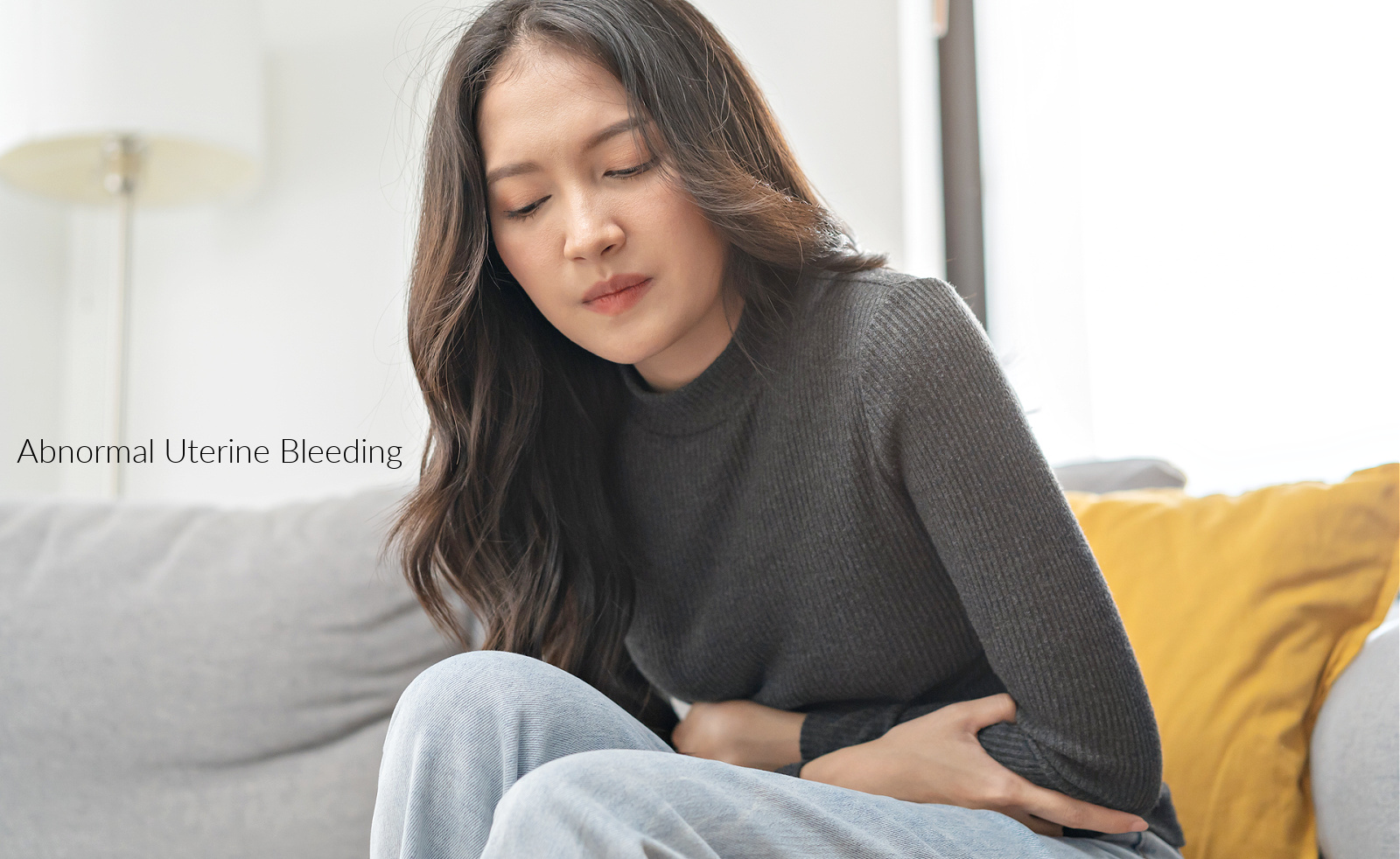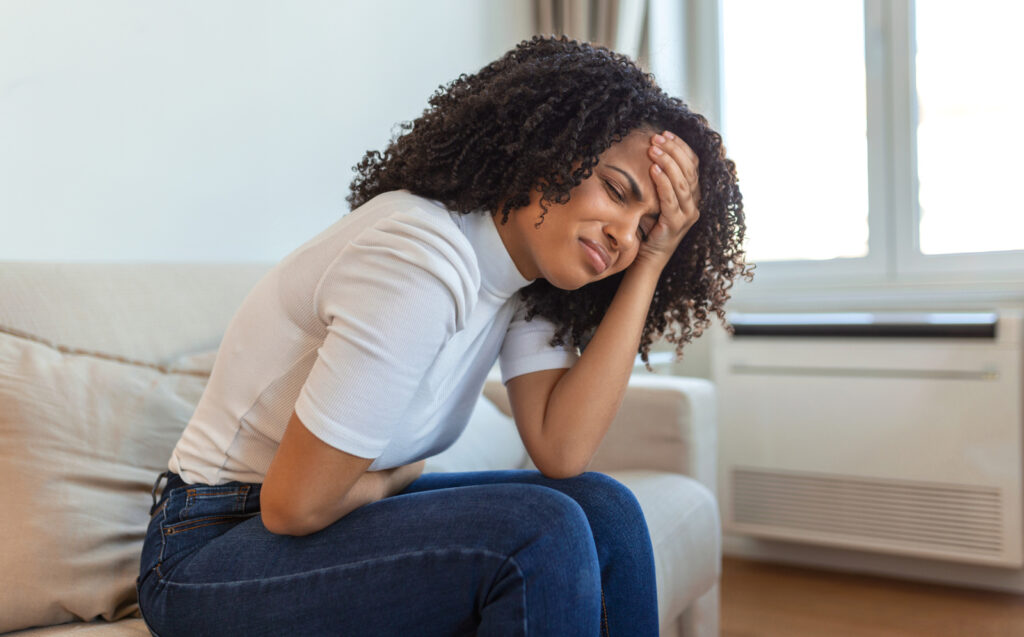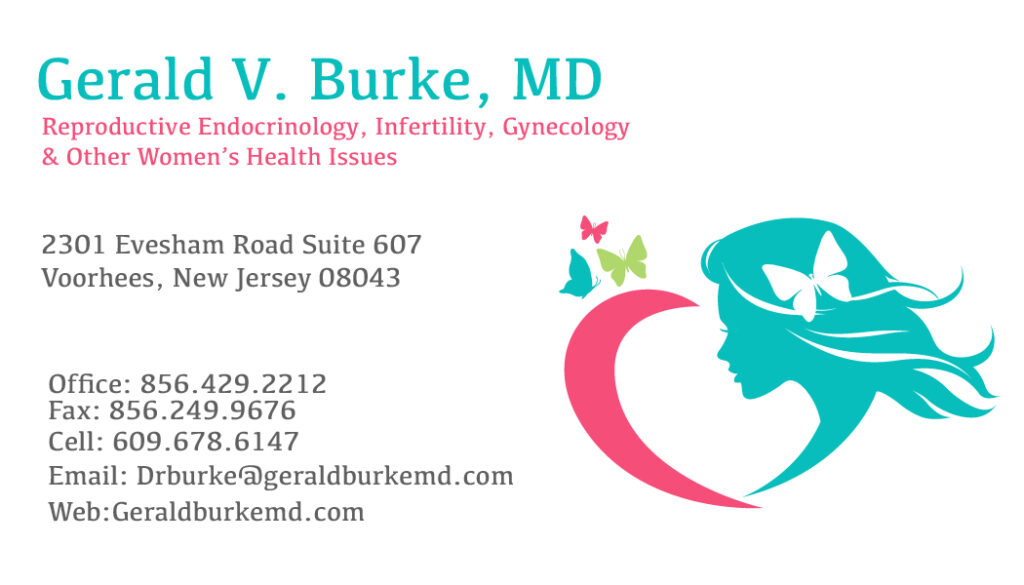Abnormal uterine bleeding can be a symptom with multiple causes. Successful treatment requires careful evaluation to accurately diagnose the cause. Once the cause is identified, a tailored treatment plan that meets the patient’s needs is determined.
What is abnormal vaginal bleeding?
Bleeding between cycles
Women should not bleed between menstrual cycles. When this occurs, something is wrong that needs to be evaluated and treated. Similarly, bleeding after vaginal intercourse or orgasm is abnormal and requires diagnosis and treatment.
Common sources of abnormal uterine bleeding vary depending upon the age of the woman.
Onset of menstruation
Teenagers, during the course of their first several years of menstruation, will frequently not be ovulating or be ovulating poorly. This condition is generally easily diagnosed by the patient keeping basal body temperature charts. It is easily treated with mild hormonal medications.
Later teenage years
Generally, as a woman reaches her later teenage years, her ovulatory function regulates and becomes normal. This condition spontaneously corrects itself and the medical therapy can be discontinued.
Rarely, this condition is associated with a blood clotting problem with the young woman being a “bleeder”. One must be alert not to miss these individuals. At this age polyps and fibroids are rarely encountered as are severe systemic diseases like kidney disease or poorly controlled diabetes.
Early and Late onset of period
Menstrual bleeding before age 9 is abnormal and requires further evaluation as does a failure to start menstrual periods by age 16.
Causes of irregular vaginal bleeding
As women progress into their 20’s, if they develop irregular bleeding, it can be associated with ovulation problems or anatomic problems.
Frequently, a hormonal imbalance such as an under-active or overactive thyroid gland, overproduction of male hormones, prolactin, PCOS, or extremes of weight (over or under, including anorexia) will manifest themselves as ovulation problems with irregular periods.
Therefore, if basal body temperatures suggest associated ovulation problems, a full hormonal evaluation is indicated.
Other causes of abnormal uterine bleeding
Problems include polyps, fibroids, endometriosis, and adenomyosis also begin to occur in women during their 20’s. The suspicion that one of these is the cause of the abnormal bleeding increases significantly if the woman is ovulating normally based on her basal body temperature charting.
Vaginal Bleeding during early pregnancy
Early pregnancy problems that present as abnormal vaginal bleeding include a threatened miscarriage and an ectopic pregnancy. A blood pregnancy test followed by office vaginal ultrasound will generally make the diagnosis quickly and accurately.
Abnormal uterine bleeding in mid-30’s and 40’s
As women progress into their mid-30’s and 40’s, while they can continue with ovulatory and pregnancy problems and hormonal imbalances, the frequency of physical problems, in particular fibroids and polyps, increases sharply. It is also in this age group that one must rule out the presence of uterine cancer or hyperplasia, the precursor state of uterine cancer.
After ruling out the presence of a pregnancy, any women age 35 or older must have the lining of the uterus sampled. This is done through an office procedure called an endometrial biopsy.
Endometrial biopsy
If the endometrial biopsy results are negative and the basal body temperature charting reveals the woman to be ovulatory, then searching for uterine fibroids, particularly those in the uterine cavity, and endometrial polyps becomes more likely.
Hysterosalpingogram
The best test to determine the presence of fibroids or polyps in the uterine cavity is a hysterosalpingogram.
Dr. Burke performs a hysterosalpingogram, which is an X-ray study.
Dye is injected through the vagina and cervix into the uterine cavity and out through the fallopian tubes. This gives a much better picture of the uterine cavity than does an ultrasound or a saline infusion sonogram.
Hysterosalpingogram and hysteroscopy
Dr. Burke believes that a hysterosalpingogram gives better information than hysteroscopy (looking in the uterine cavity through the vagina) because it is often easy to miss a large fibroid in the uterine cavity on hysteroscopy. This will be easily seen with the x-ray.
Basal body temperature
If basal body temperature charting shows poor or no ovulation, a hormonal evluation is performed.
Depending on these results, treating the patient with medication will generally solve the problem.
Abnormal vaginal bleeding after menopause
Women who are experiencing abnormal vaginal bleeding after menopause always need an endometrial biopsy to make sure that cancer is not present.
When cancer is not present, treatment is tailored to the patients particular condition.
These conditions can often be treated with simple, hysteroscopic surgery. This simple surgery will result in a complete resolution of their bleeding problem.
Appointments
If you are experiencing abnormal vaginal bleeding, call now to schedule an appointment with Dr. Burke.
Call us at 856-429-2212
Additional articles you might find helpful…




